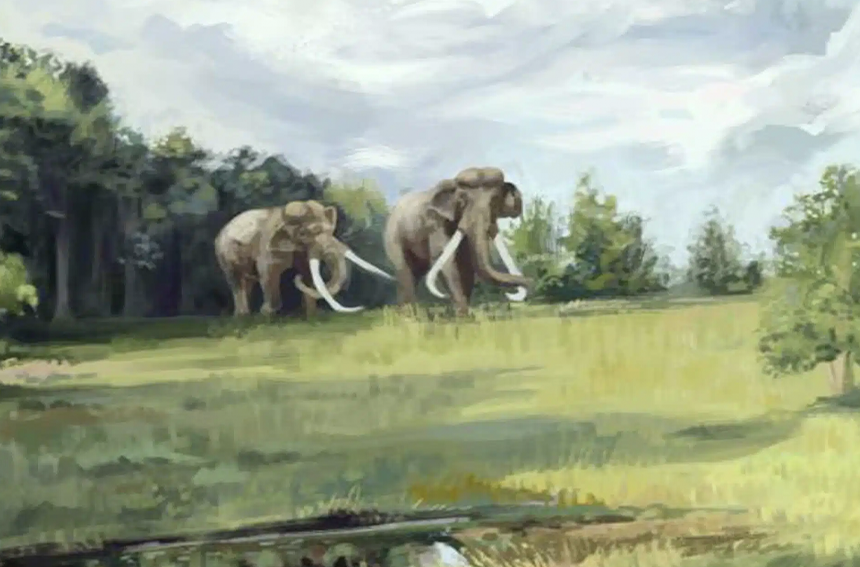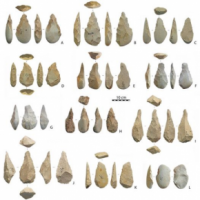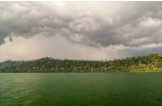
Avant l’arrivée de l’Homo sapiens, le biome de la forêt tempérée était caractérisé par une importante végétation claire et ouverte.
L’étendue de l’ouverture de la végétation dans les paysages européens du passé est largement débattue. En particulier, le biome de la forêt tempérée a traditionnellement été défini comme une forêt dense à couvert fermé. Cependant, certains soutiennent que les grands herbivores ont maintenu une plus grande ouverture, voire des conditions de pâturage boisé.
Nous abordons ici cette question pour la dernière période interglaciaire (entre 129 000 et 116 000 ans), avant le déclin de la mégafaune lié à Homo sapiens et la transformation anthropique du paysage. Nous avons appliqué la méthode de reconstruction de la végétation REVEALS à 96 séries polliniques du dernier interglaciaire.
Nous avons constaté que les forêts claires et la végétation ouverte représentaient, en moyenne, plus de 50 % de la couverture pendant cette période.
Le degré d’ouverture est très variable et n’est que partiellement lié aux facteurs climatiques, ce qui indique l’importance des régimes de perturbations naturelles.
Nos résultats montrent que le biome forestier tempéré était historiquement hétérogène plutôt qu’uniformément dense, ce qui est cohérent avec la dépendance d’une grande partie de la biodiversité européenne actuelle la végétation ouverte et des forêts claires.
Elena A. Pearce12, Florence Mazier3, Signe Normand1245, Ralph Fyfe6, Valérie Andrieu7, Corrie Bakels8, Zofia Balwierz9, Krzysztof Bińka10, Steve Boreham11, Olga K. Borisova12,Anna Brostrom1314, Jacques-Louis de Beaulieu15, Cunhai Gao16, Penélope González-Sampériz17,Wojciech Granoszewski18, Anna Hrynowiecka19, Piotr Kołaczek20, Petr Kuneš21, Donatella Magri22,Małgorzata Malkiewicz23, Tim Mighall24, Alice M. Milner25, Per Möller13, Małgorzata Nita26,Bożena Noryśkiewicz27, Irena Agnieszka Pidek28, Maurice Reille15, Ann-Marie Robertsson29,J. Sakari Salonen30, Patrick Schläfli31, Jeroen Schokker3233, Paolo Scussolini34, Vaida Šeirienė35,Jaqueline Strahl36, Brigitte Urban37, Hanna Winter38, Jens-Christian Svenning124
Publication Science, 15 nov. 2023
Valérie Andrieu, CEREGE / Tel. : +33 6 26 15 54 36





